Beyond the lakehouse: Architecting the open, interoperable data cloud for AI
CIO Business Intelligence
MAY 29, 2025
The open data foundation: Beyond raw Iceberg to enterprise-grade control For years, the vast scale of data lakes often resulted in data swamps, lacking the critical governance and performance necessary for enterprise-grade workloads. Unified runtime metastores are key to this interoperability.





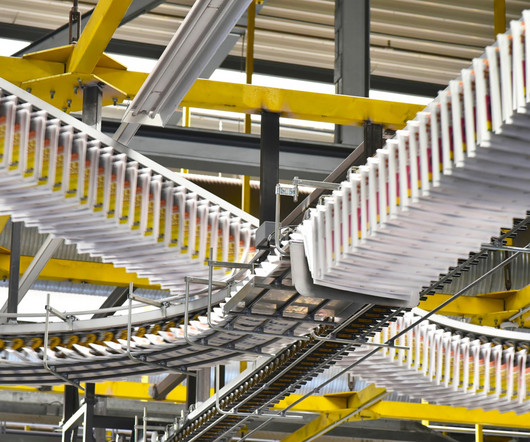

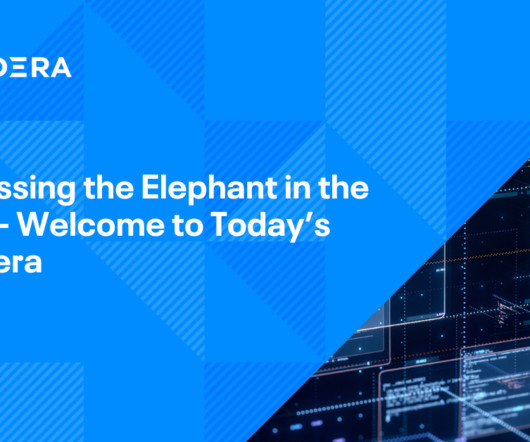
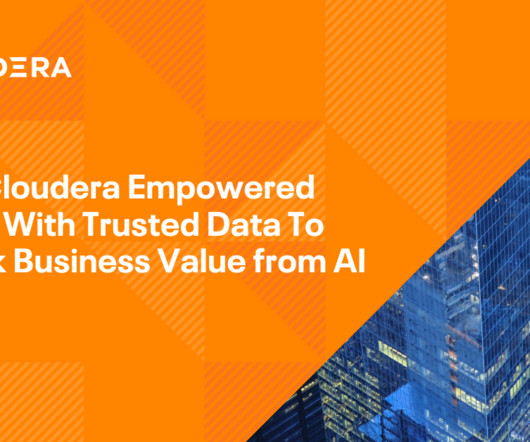

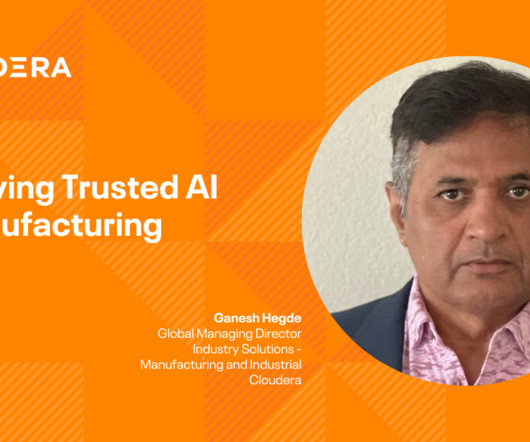
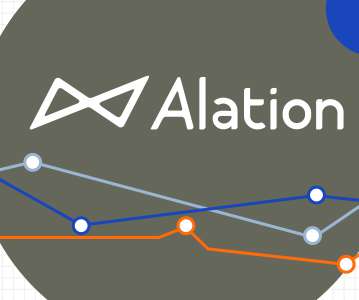
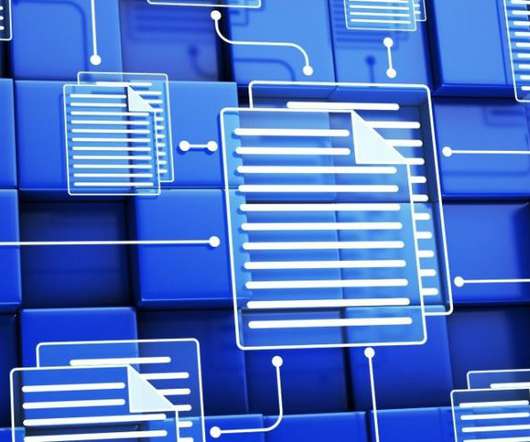









Let's personalize your content